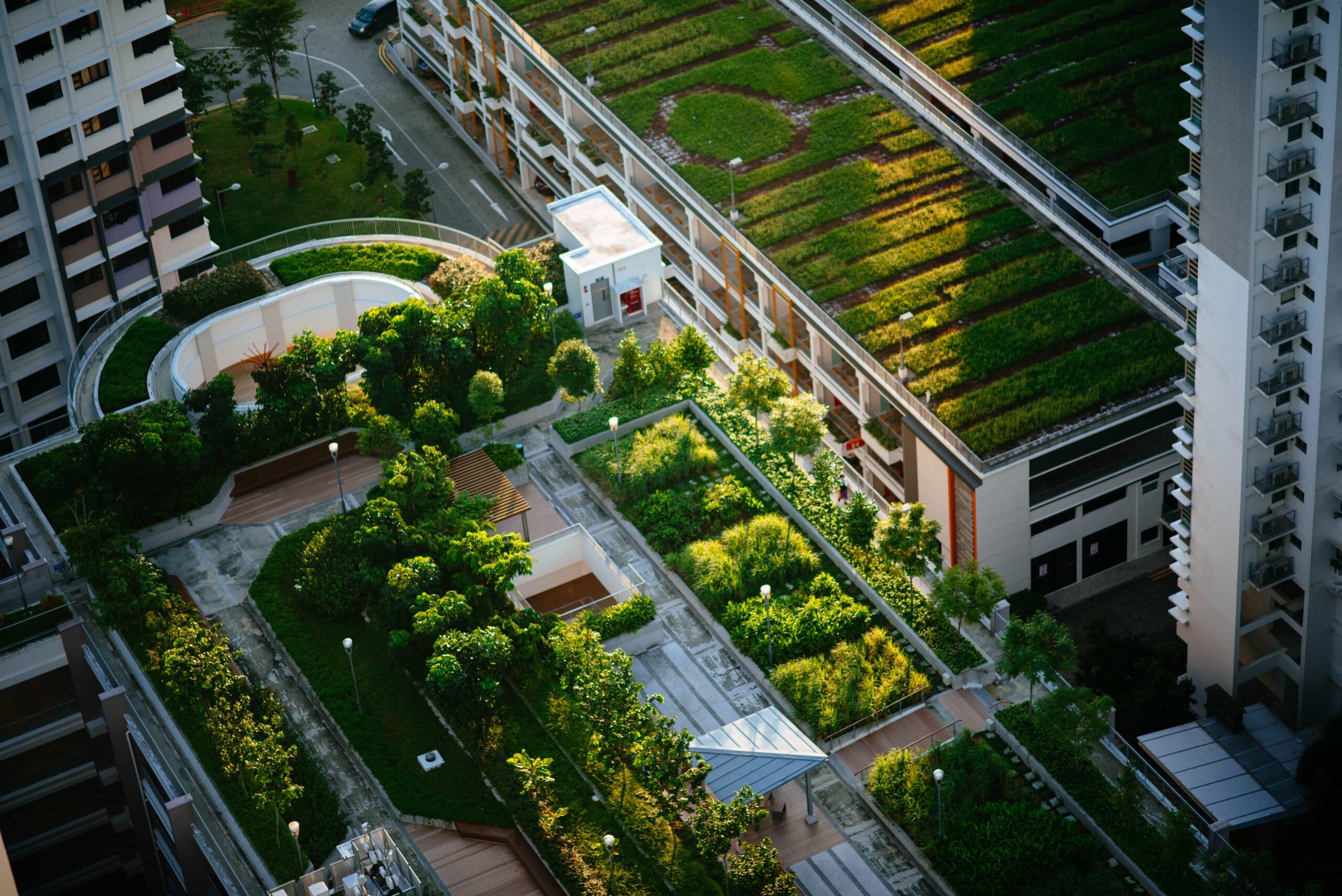Urbanization has emerged as a defining global phenomenon, reshaping the way we live and interact with our environment. With more people residing in cities than rural areas, this transformative shift is poised to continue. Over the next three decades, urban centers are set to welcome 2.5 billion more people and up to an additional billion vehicles. Astonishingly, three-quarters of the infrastructure that will define our cities by 2050 remains unbuilt. Yet, this rapid urban expansion comes at a staggering cost – cities, though covering just 3% of Earth’s land surface, are responsible for over 70% of global CO2 emissions, as reported by the World Economic Forum.
Urban areas indeed serve as the crucibles of economic growth and innovation, but they also exacerbate societal disparities, compromise ecosystems, and fuel the flames of climate change. According to the United Nations, cities account for approximately 75% of global energy consumption.
In a world increasingly conscious of the urgent need for environmental responsibility, the countries are joined by hundreds of cities committing to reducing emissions in line with a 1.5°C temperature rise scenario. Many of these commitments are made through initiatives such as Cities Race to Zero, which is part of the UN Race to Zero campaign that galvanises support from businesses, regions, investors and cities for a net zero by 2050 future.
So far, more than 1,000 cities have joined the Cities Race to Zero initiative, either through this campaign or separately.
Image: Cities across the world with net zero or carbon neutral ambitions

Source: Net Zero Tracker (Energy and Climate Intelligence Unit, Data-Driven EnviroLab, NewClimate Institute, Oxford Net Zero)
At least 240 cities worldwide have set ambitious net-zero or carbon-neutral targets, some aiming to achieve this milestone by 2050 or sooner. However, only 7 cities have these targets integrated with their laws, as per the Net Zero Targets.
Copenhagen stands as an example, surpassing Denmark’s national 2050 target by a remarkable 25 years. The city has undertaken pioneering initiatives such as the EnergyLab Nordhavn, a ‘smart energy’ grid seamlessly integrating heat, electricity, and lighting along its picturesque harbor.
In contrast, Mumbai has embarked on a transformative journey toward climate action, pledging to reduce greenhouse emissions from its 2019 level of 23.42 million tonnes, or 1.8 tonnes per capita, to zero by 2050. While the ambition varies, Mumbai’s commitment shines bright against India’s 2070 net-zero target. As the first South Asian city to chart a net-zero roadmap, it is actively considering leveraging green bonds offered by the federal government and making substantial investments in housing, electrifying public transportation, and harnessing solar power.
The theme for the World Habitat Day 2023, ‘Resilient Urban Economies: Cities as Catalysts for Growth and Recovery’, beckons us to examine how cities can position their economies for the well-being of their inhabitants. It serves as a potent reminder that resilient urban economies must coalesce seamlessly with sustainability. Carbon-neutral cities serve as prime examples, breathing life into economic opportunities while curtailing their carbon footprint.
Furthermore, the theme underscores the critical need for cities to ensure that economic growth is a shared boon. Inclusive economic policies can dismantle income disparities, equalize access to opportunities, and elevate the quality of life for all residents.
The path to sustainable urban prosperity needs to be charted to architect a future where cities serve as beacons of hope, engines of inclusive growth, and leaders of environmental stewardship.




